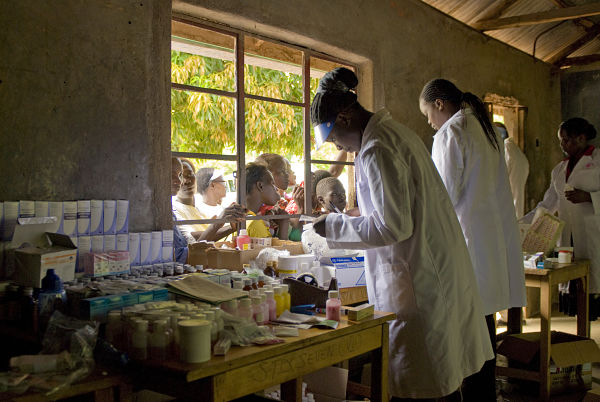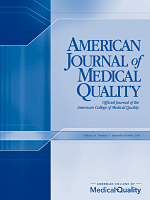 Impact
Impact To Err Is Human, To Impact Divine
The greatest value of research is the positive impact it has on society. Academically driven insights and discoveries influence and inform policy, practice and public life. This is the first in a series of blog posts looking at seminal academic articles from a collection — SAGE Inspire — curated by SAGE Publishing’s journal editors, who based their nominations on the content’s real-world impact.

An assessment of the real-world impact of …
“The Gift of Fine China: An Appropriate 20th Anniversary Look Back”
by Erica Li and David Nash
Traditionally, an appropriate 20th wedding anniversary gift involves china. Although fine china can endure decades without a scratch, it also can be extremely fragile. Without proper care, it can break. This year, we celebrate the 20th anniversary of To Err Is Human: Building a Safer Health System, which was published by the Institute of Medicine (IOM) in 1999. …
American Journal of Medical Quality, 34(5), 425-429
In 1999, America’s Institute of Medicine (today’s National Academy of Medicine) issued a landmark report, To Err Is Human: Building a Safer Health System. In recognition of that impactful report, which suggested that almost 100,000 deaths a year could be linked to preventable medical errors, the American Journal of Medical Quality decided to examine its own archive of impact-rich writings in the years since To Err published.
In the September/October 2019 special issue of the journal republishes the 11 most impactful articles to appear in its pages since 1999. Dr. Erica Li of Thomas Jefferson University Hospitals and Dr. David B. Nash, editor emeritus of the journal and founding dean emeritus and the professor of health policy at the Jefferson College of Population Health, wrote an editorial which briefly discusses each article and outlines why that particular piece matters based on its quantitative metrics and qualitative influence.
The journal, which is the official publication of the American College of Medical Quality, started its examination by first identifying the 50 most downloaded and 50 most cited article. As Li and Nash write, “Six articles showed up in both lists, making those articles the most cited and downloaded in the last 20 years. The remaining 5 articles were chosen from the same top 50 lists based on themes and overall impact.” The earliest of the 11 was published in 2005 and the latest in 2017.
“[B]y looking back on the most impactful AJMQ articles of the last 20 years,” Li and Nash’s introduction reads, “we can appreciate the advances we have made. We have taken strides to improve outcomes, communication, payment systems, teamwork training, leadership, and integration of the health system. As much as these articles reflect the progress we have made, there is still a great deal of work to be done to continue improving our health system.”
The 11 articles range from somewhat technical examinations, such as ““Prevention of Nosocomial Catheter-Associated Urinary Tract Infections Through Computerized Feedback to Physicians and a Nurse-Directed Protocol” from 2005, to more meta discussions, such as “The Quality of Qualitative Research,” an article by Dave Collingridge and Edwin Gantt that came out in 2008.
The chosen articles definitely include examinations of medical and surgical issues, such as “Reduction in Central Line–Associated Bloodstream Infection (CLABSI) Rates After Implementation of Infection Control Measures at a Level 3 Neonatal Intensive Care Unit” from 2016. But a majority touch on ecosystem concerns in medicine, such as workforce (“United States Registered Nurse Workforce Report Card and Shortage Forecast”), payment (“Big Things Come in Bundled Packages: Implications of Bundled Payment Systems in Health Care Reimbursement Reform” ) and especially training (“TeamSTEPPS: Assuring Optimal Teamwork in Clinical Settings” and “Approaching the Evidence Basis for Aviation-Derived Teamwork Training in Medicine”).
These wider concerns actually reflect the Institute of Medicine’s original report from 1999. “At that time,” write Li and Nash, “the IOM urged the nation’s health care system to improve the safety of health care through improving communication, teamwork behavior, leadership, and integration of the fractured health system.”
































































































